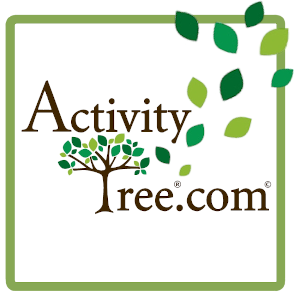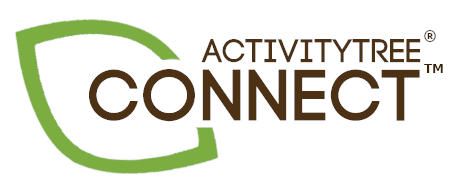
November 24th, 2014
Even for the most Nordic-minded—those who LOVE skiing, snowshoeing or hunting trips—the struggle of starting and ending our (school and work) days in the dark can range from drudgery… to depression.
Once the Autumnal Equinox and the loss of Daylight Savings Time cuts our daylight hours nearly in half, it’s no surprise a large majority of us do our own version of hibernating; we are slower (who can speed walk in Sorels?) quieter, more tired, and particularly during holidays, likely to slip into egg nog and pie-sourced semi-consciousness.
Fighting this slothy, often potentially gloomy “new normal” requires encouragement; new ideas and vital routines.
Yet, about six percent of people around the feel trapped by this sense of emotional and physical lethargy.
People who suffer from Seasonal Affective Disorder (SAD), are depressed by the lack of daylight; their bodies are programmed to be sleepy and withdrawn. And more than one million of those people grappling with SAD are children.
According to the American Academy of Pediatrics, SAD is linked to the hormone melatonin, which affects the body’s sleep-wake cycle. “And when there is less daylight, melatonin production increases” which makes us more tired.
The main distinction of children who suffer from SAD is that their weight gain, lack of energy and concentration are only seasonal. Kids who are positive, active and engaged during the sunnier months but whose moods and activity levels tank as the days get shorter may be falling into a SAD cycle.
The recommended treatment for people with SAD is light therapy, which helps regulate melatonin levels. And while the affect of exercise on melatonin levels is nominal, there is a proven benefit of exercise on depression!
Even Harvard Medical School concurs. In a 2011 study, researchers showed “Aerobic exercise is the key for your head, just as it is for your heart. It has a unique capacity to exhilarate and relax, to provide stimulation and calm, to counter depression and dissipate stress,” they report. And, “exercise and sports also provide opportunities to enjoy some solitude or to make friends and build networks. The mental benefits of aerobic exercise have a neurochemical basis. Exercise reduces levels of the body’s stress hormones, such as adrenaline and cortisol. It also stimulates the production of endorphins, the body’s natural painkillers and mood elevators.”
But you knew that, right?
Even in the absence of a game or a scrimmage, being out sledding, ice skating or trudging through the snow can also be an emotional, non-medical treatment for kids suffering from SAD.
So if your kids are bummed about having to stay inside, give them opportunities to leave the house, and participate in play they’re not responsible for generating (Who has the energy for THAT) And if the lethargy and sadness still seem to be getting the best of your kids, research SAD further, and know that it will pass as the days get longer!



